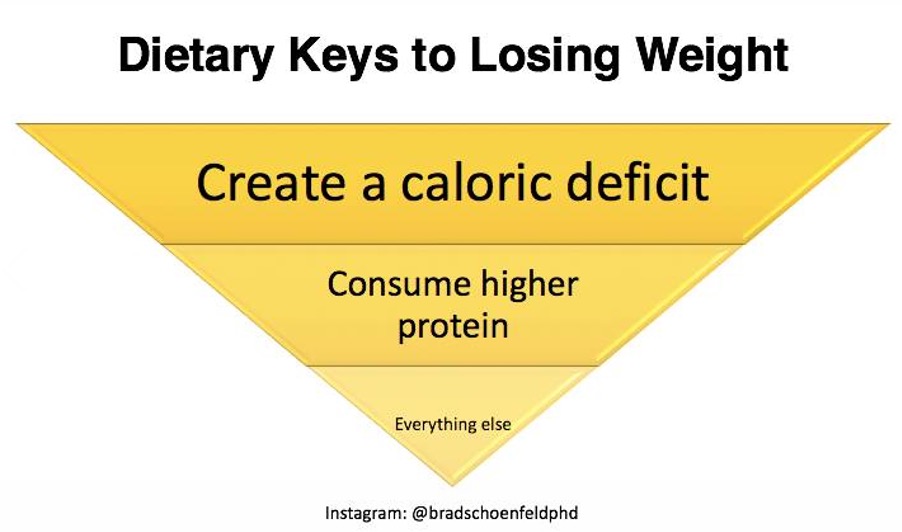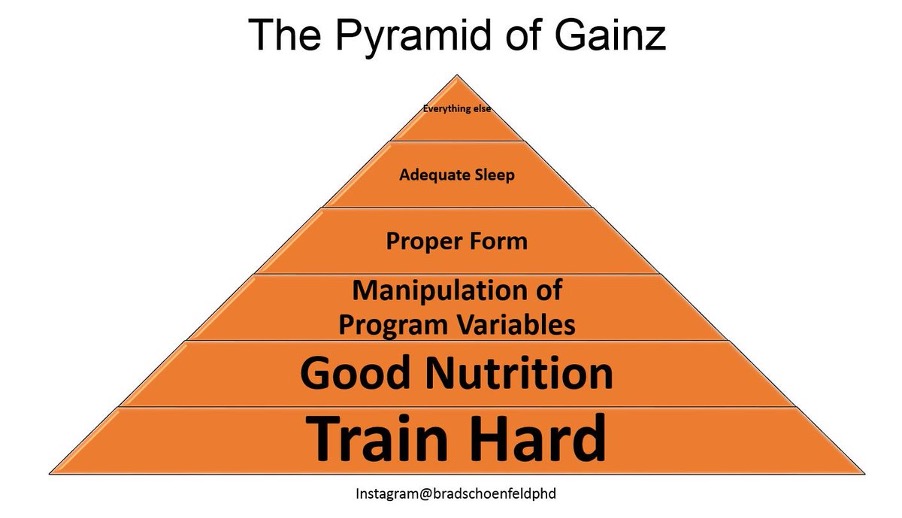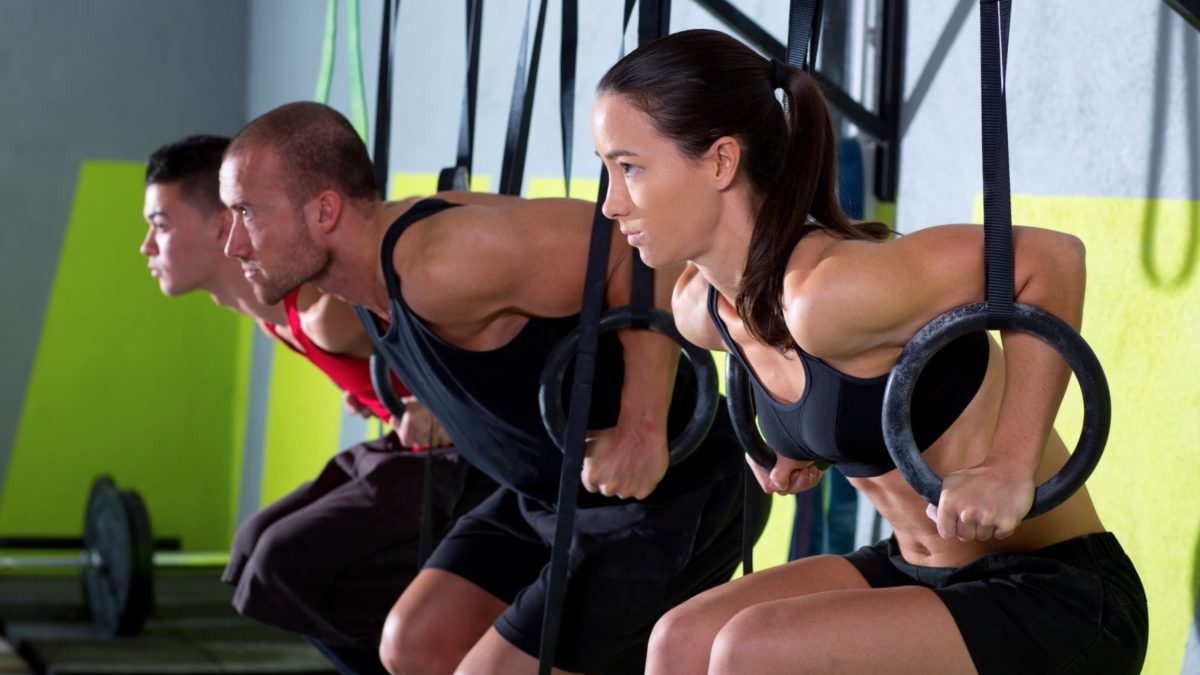HIIT vs LISS or HIIT + LISS?
Reduction of subcutaneous adipose tissue and / or increase in muscle volume while improving health status. Preferably everything. Simplified – better appearance and higher level of health. These are the goals of millions of workouts and fitness trainers worldwide.
What role do title abbreviations play in the process? In this blog I will present the results of scientific research related to this topic.
First of all:
HIIT – High Intensity Interval Training (> 80% of Maximum Heart Rate)
LISS – (low intensity steady state training) – low-intensity continuous training with constant intensity (40-60% of maximum heart rate)
Before moving on to the effects of training, a reminder of the key things to do with subcutaneous fat loss and muscle hypertrophy. Brad Schoenfeld, a leading global expert in hypertrophy, summarizes the key factors that drive success:


We can see that in losing weight and subcutaneous fat it is essential to be in a calorie deficit and consume high levels of protein, and then everything else (it is much harder to consume calories than to eat them), while to gain muscle mass it is most important to train with the proper volume (multiplication of intensity and extensibility).
I point it out because a lot of the fitness population focuses on muscle activation in a particular exercise or on a specific supplement that is deserving of a very small fraction, and forgets about the bigger picture and the dominant factors that are crucial to achieving the goal.
Reduction of subcutaneous adipose tissue
The results of a recently published meta-analysis and review (1), in which the authors observed which form of training is better for subcutaneous fat removal, indicate that HIIT is better in removing total fat (28.5%) but in relative proportions (percentage of adipose tissue) equally successful.
Most protocols were performed 3 times a week for a period <12 weeks, the most common form of HIIT was an interval with 4 min of work and 3 min of rest, and continuous training was conducted for a period of 40-45 min and 29-35 min.
Muscular hypertrophy
In a review paper (2), we found (as one of the co-authors) that resistance training is more effective than aerobic training when it comes to muscle hypertrophy.
For this reason, I will focus here on the interaction of HIIT (first part) and LISS (second part) in combination with resistance training. In the literature, the term – competitive training – is used.
1st part
Sabag et al. in 2018 (3) published a review paper and meta-analysis on the compatibility of HIIT and resistance training. In conclusion, they state that HIIT can fit with resistance training without fear of losing muscle mass. The authors state that there may be a slight loss of strength in the lower body, but that this can be nullified by rewriting the running interval with respect to cycling (but additional research is required) and providing sufficient training intervals (> 24 hours). In another review paper from 2016 (4), the authors make specific recommendations for aerobic training in competitive training aimed at muscular hypertrophy.
Resistance training interval – 6 to 24 hours
Frequency – 2 to max 3 times a week
Duration – 30 to max 40 min
Intensity – high
Modality of operation – cycling
2nd part
In a 2012 review paper (5), which looked at the impact of continuous lower intensity training combined with hypertrophy resistance training, the authors stated that longer aerobic training periods (more than 30 min) should be avoided and no more than 2 -3 times a week.
Furthermore, in a review paper from 2016 (4), the authors stated that over 12 weeks, athletes who had more than 10 hours of aerobic training combined with resistance training had almost twice as much muscle growth compared to athletes who trained with resistance (4.3% and 8%).
A potential mechanism for why high-intensity training seems to be a better option is that in resistance training and high-intensity interval training, the same motor units are activated, so it is more suitable for hypertrophy.
How to incorporate this into your health status?
We have seen how HIIT and LISS affect subcutaneous fat and muscle hypertrophy, and here we try to combine everything for the purpose of lifting health and making practical recommendations.
The choice of specific methods depends on the person’s initial condition and goals. LISS can serve us to build an aerobic base and extra calorie consumption, and HIIT to lift capacity.
The recommendations of the World Health Organization (6) can serve as a starting point.
For adults (18-64 years old), they state that each individual should collect aerobic activity for at least 150 min of moderate intensity, 75 min of high intensity per week, or a combination thereof (minimum duration of 10 min per activity). For extra health benefits, double the value is recommended, and resistance training should be performed at least twice a week for larger muscle groups.
Practical recommendation
The answer is not straightforward, HIIT + LISS is a better option.
Combine methods depending on the person’s condition and specific goals. Too high-intensity training increases the risk of injury and can lead to overtraining, and one should be prepared for such efforts.
When programming a workout, keep in mind that both cardio and muscle fitness need to be developed for optimal health status.





